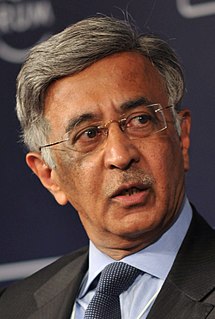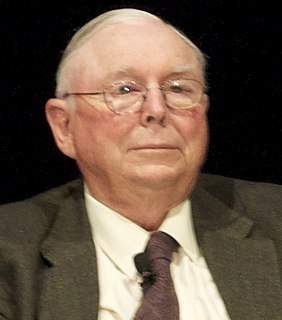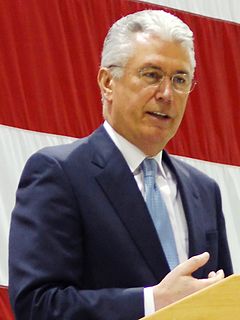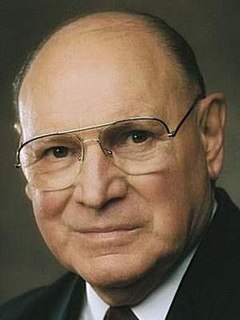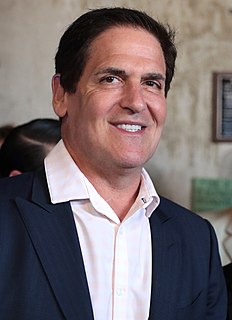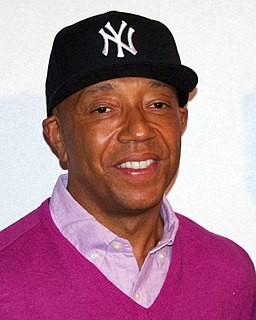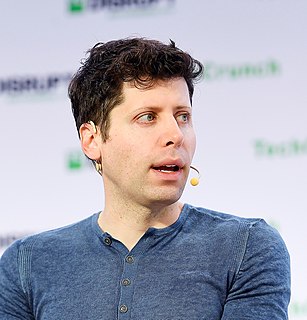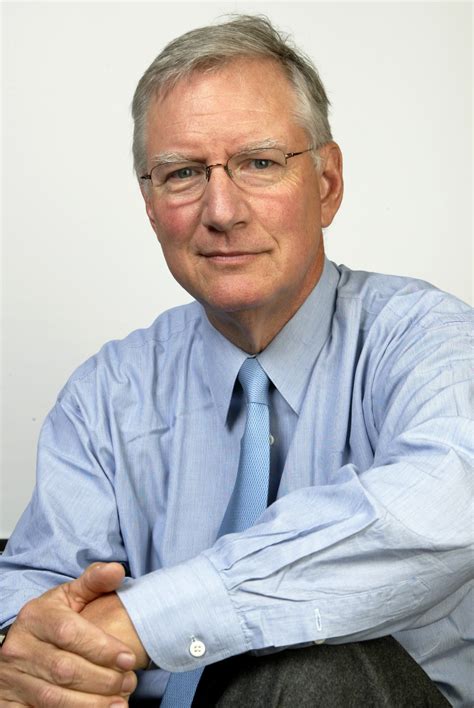Top 65 Quotes & Sayings by Baba Kalyani
Explore popular quotes and sayings by an Indian businessman Baba Kalyani.
Last updated on April 14, 2025.
We've made two products; one is a 155 mm 52-calibre gun with self-propelling and towing capability. This is a field gun - the mainstay of the Indian army like the Bofors guns. Our gun is similar but of a longer range. That was 39 calibre; this is 52. The calibre denotes the length of the barrel and the range.
